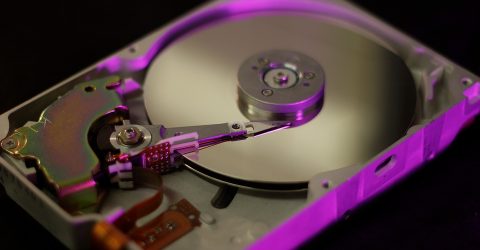Beware of the risks of selling old hardware

Consumers and businesses are inadvertently putting themselves at risk from cybercriminals when selling storage drives and other devices in the second-hand hardware market, according to a new report.
The report, catchily titled ‘Privacy for Sale – Data Security Risks in the Second-Hand IT Asset Marketplace’, was produced by Blancco Technology Group. It outlined the extent to which devices still contained sensitive information that could be exploited by cybercriminals even after wiping them.
Blancco, in conjunction with Ontrack analysed 159 leading brand drives that had been bought on eBay in the US, UK, Germany and Finland and found that almost half still held sensitive data.
A substantial 15% still held personally identifiable information such as birth certificates, photographs, names and email addresses, despite the fact that many sellers had used the proper data sanitisation methods that supposedly ensured they were wiped clean.
Among the data recovered from second-hand drives Blancco found a drive from a software developer that had high-level government security clearance still contained scanned passports, CVs and financial records. Another contained more than 32,000 photos, while a travel company’s still held 5GB of email conversations.
Blancco said that this was extremely worrying as it showed that while sellers are doing their bit the methods of sanitisation were clearly inadequate.
Selling old hardware via an online marketplace might feel like a good option, but in reality, it creates a serious risk of exposing dangerous levels of personal data. By putting this equipment into the wrong hands, irreversible damage will be caused – not just to the seller, but their employer, friends and family members.
As we all know deleting data can be extremely difficult. Most deletion systems tend only remove pointers to the data and not the data itself. And destruction of the hardware doesn’t necessarily remove the data either. While it may be difficult to read the data from the damaged hardware and the media may not be able to be plugged in easily it doesn’t mean the data has gone away.
Those in the know recommend getting a professional to do the wiping for you. But this can be expensive. Instead they suggest you should wipe and rewrite every trace of data at least three-times. This may seem like overkill, but it is a necessary task to have peace of mind that the data you have will be truly removed.
Experts recommend you use secure data erasure software. Some overwrite an entire drive with meaningless random characters. They also recommend you try disk encryption software such as Apple FileVault and Microsoft BitLocker, which will secure the drive with hard-to-guess password.






